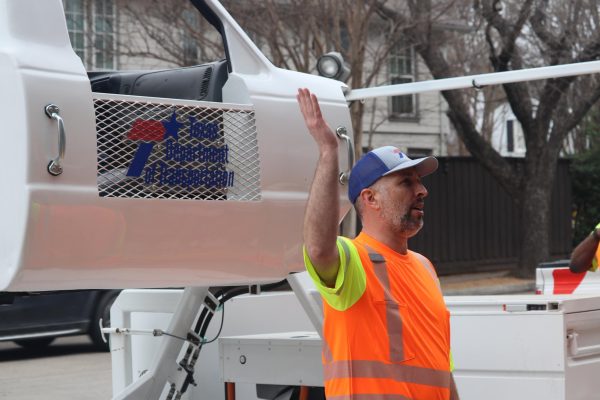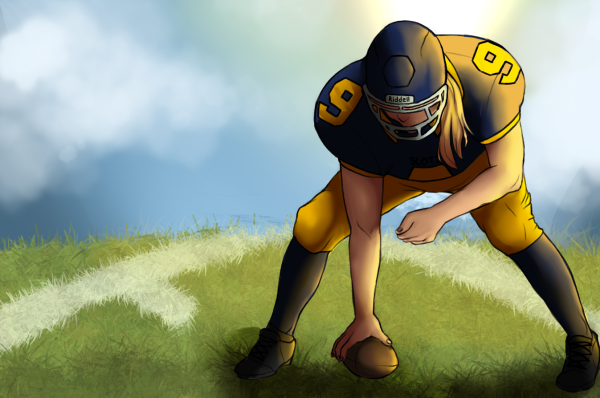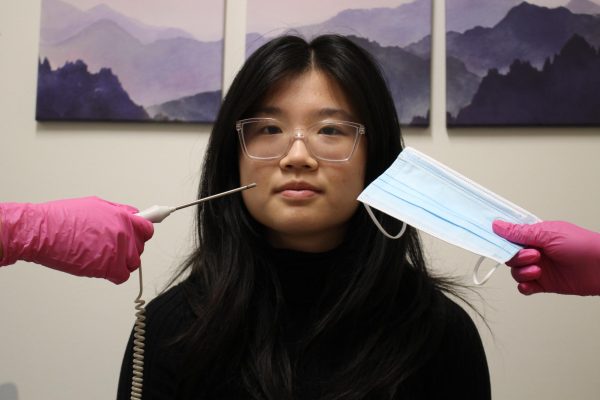Robotic reptiles?
Today, machines can execute an endless number of tasks, varying from those that can print issues of the Bagpipe to computers. Robots and machines are constantly advancing towards new heights through the boundless work done by engineers. However, the scientific community has created a link between robots and reptiles.
Engineers have been researching human and animal movements and attempting to mimic them through robotics. The field of bionics is dedicated to studying the physiology of organic movement and creating it artificially. People with missing arms can get “bionic” arms to serve as prosthetics.
One of the most successful and famous examples of bionic technology is Boston Dynamics “Wildcat” (a four-legged robot) and “Atlas” (a humanoid robot). Though these examples are considered to be the frontier of robotic bionics, they have been fixated on mammals and bugs for the most part. Now, the reptiles have come into play.
The first example is from an article of Science Robotics, where a team of mechanical engineers and scientists used a method of paper cutting to simulate the complex patterns on snakes that helps them create enough friction to move.
“This pattern, when you stretch it, some parts go up and some parts go down,” lead author Ahmad Rafsanjani, said.
The tiny flaps on the robot’s skin pop in and out of the surface it’s on as air pump inhales and exhales.
The second example is from some researchers from the University of California San Diego, Stanford University, and the NASA Jet Propulsion Laboratory. This team analyzed how geckos can stick to almost any surface it touches and recreated an artificial adhesive. In the past, other researchers created a way to stick to flat surfaces using the same concept. However, the team from University of California San Diego, Stanford University, and the NASA Jet Propulsion Laboratory have combined this sticky adhesive with a soft robot gripper.
According to the researchers, the tiny microscopic hairs found on gecko toes interact with molecules on the surface the gecko is sticking to in a process called Van der Waals force. Van der Waals allows gecko toes to easily attach and detach.
The specialized organic mechanisms that reptiles possess provides refreshing new ideas to the ever-growing science of bionics. The focus is being drawn away from mammals, and towards animals with a physiology that could also change the future.

He likes piano, drums, tennis, working out, and video games
What is his dream job?
His dream job is to be a doctor
What is his favorite music genre?
His favorite genre of music is alternative rock












